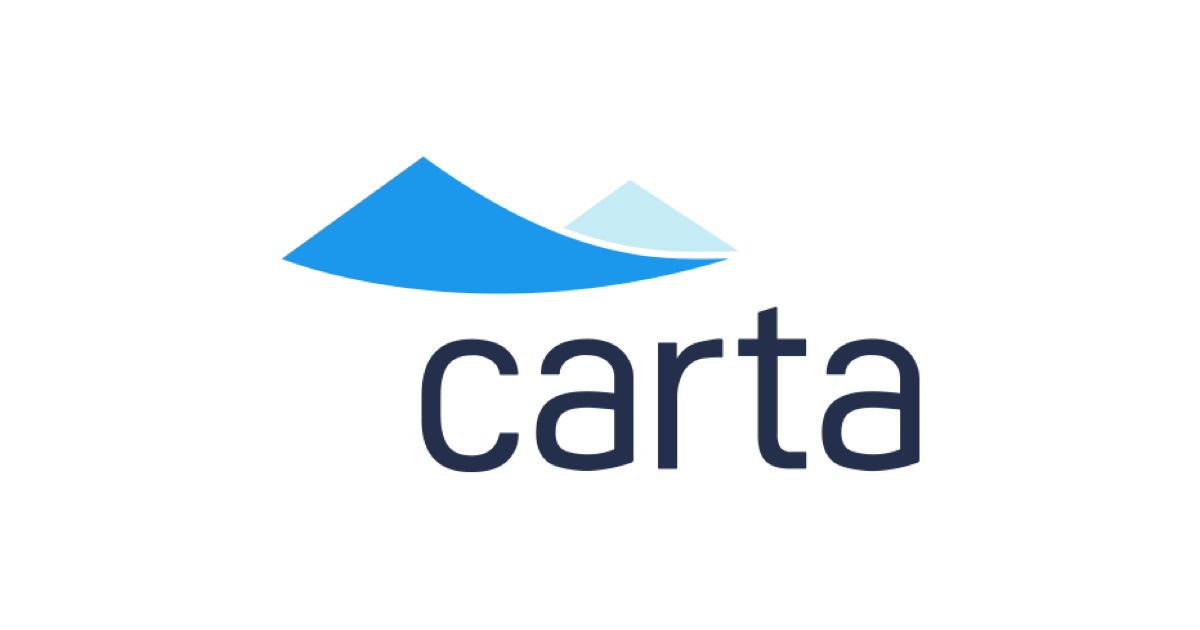The CEO of a Norwegian hardware startup recently shared a pitch deck that contained an unexpected slide – the company’s capitalization table. This cap table, typically shared during the diligence phase of investing, revealed a concerning reality: the company had given up over two-thirds of its equity to raise $3.3 million, posing a significant obstacle as it embarks on a $5 million fundraising round.
Key Takeaway
The cap table of a startup plays a crucial role in its investability. A skewed distribution of equity can deter potential investors and hinder the long-term growth and success of the company.
The Challenge of Unbalanced Ownership
Upon consulting with Silicon Valley investors, it became evident that the current cap table renders the company essentially uninvestable. The disproportionate ownership distribution, with the investor base holding twice as much as the three founders combined, raises red flags and undermines the alignment of incentives from the outset.
The Implications of Ownership Imbalance
Such a skewed cap table not only discourages motivated founders but also limits the potential for substantial returns for both founders and investors. It can lead to premature exits, mediocre outcomes, and reduced opportunities for angel investing, ultimately impacting the entire startup ecosystem.
A Potential Solution and the Road Ahead
While the current situation presents challenges, there is hope for remedying the cap table. However, rectifying the ownership structure will require significant effort, time, and potentially contentious negotiations. Investors emphasize the importance of maintaining a balanced cap table, with founders owning a substantial stake, to ensure alignment of interests and long-term commitment.
Lessons Learned and Looking Forward
The CEO attributed the predicament to the team’s lack of experience in the startup world, leading to accepting unfavorable terms in the initial funding round. Despite the current hurdles, the company remains focused on raising the current round and addressing the cap table issues in the future. However, the path forward may involve navigating the complexities of international investments and addressing concerns about the founders’ roles.
Rewinding the Choices and Addressing Challenges
Reflecting on past decisions, the CEO acknowledged the impact of early choices on the company’s long-term prospects. In many developing startup ecosystems, the lack of guidance and prevailing norms can contribute to detrimental outcomes. Addressing these challenges requires a concerted effort to rectify ownership imbalances and establish more favorable terms for future investments.
As the startup navigates the complexities of its cap table and seeks to attract potential investors, the journey ahead will involve strategic decision-making, transparency, and a commitment to realigning incentives for sustainable growth.

























